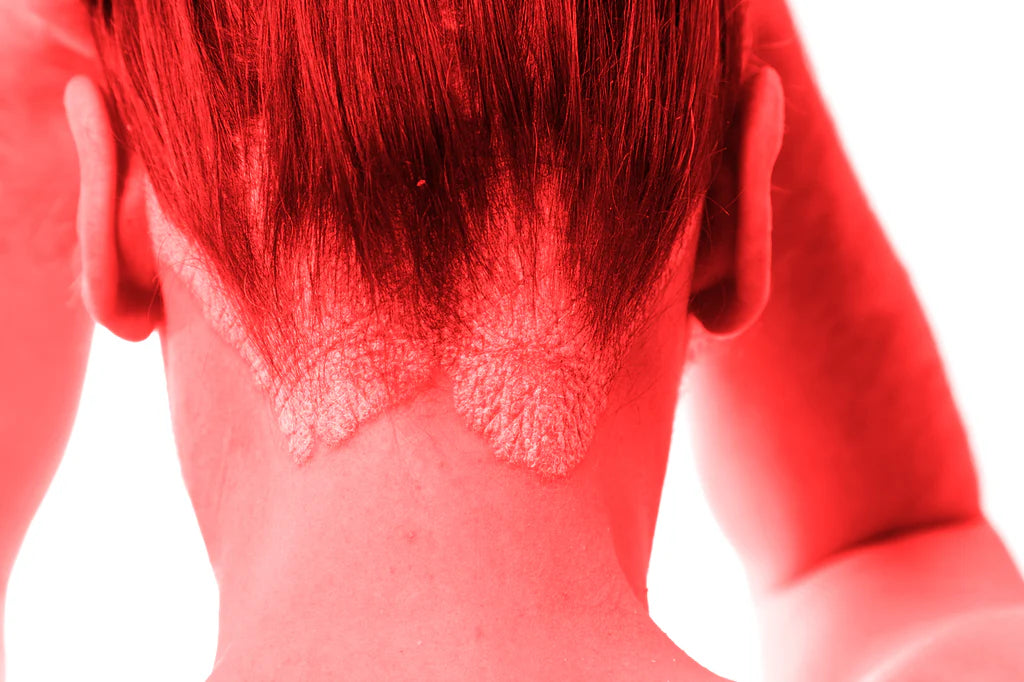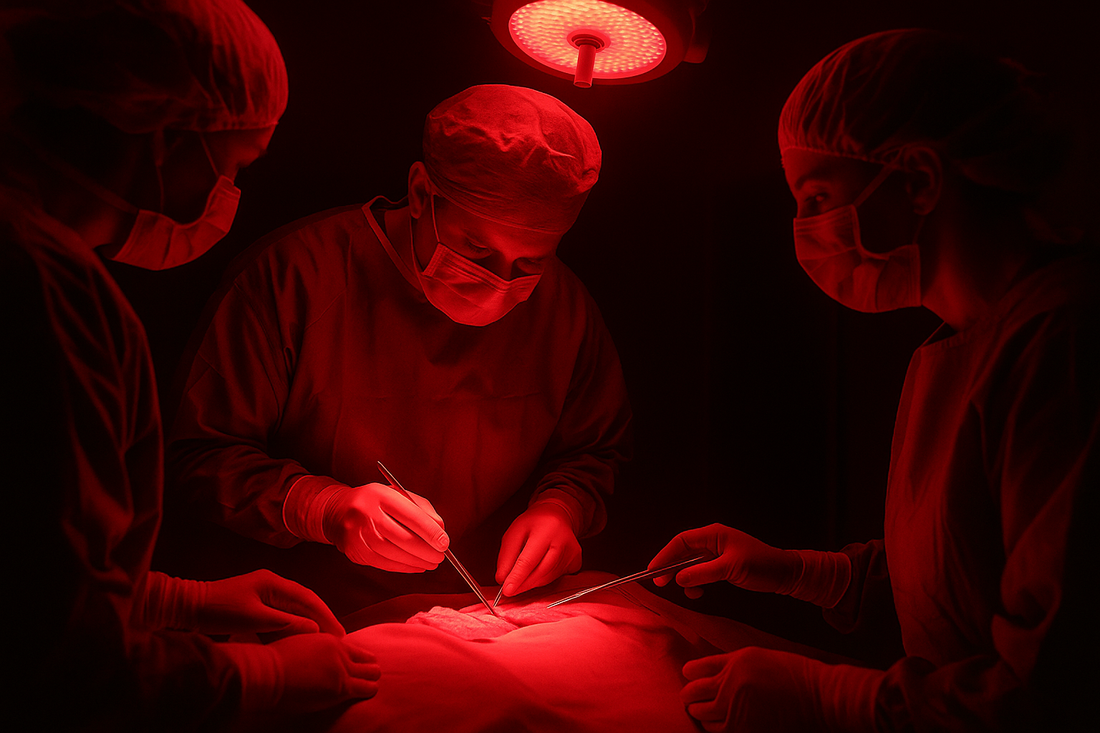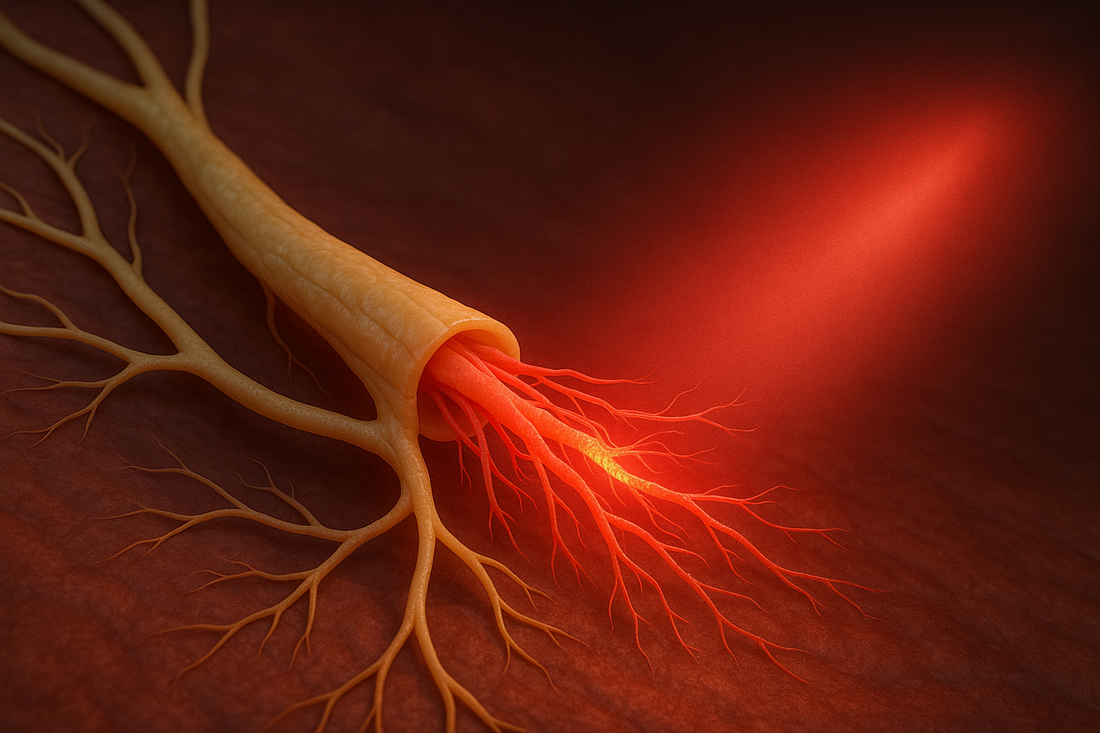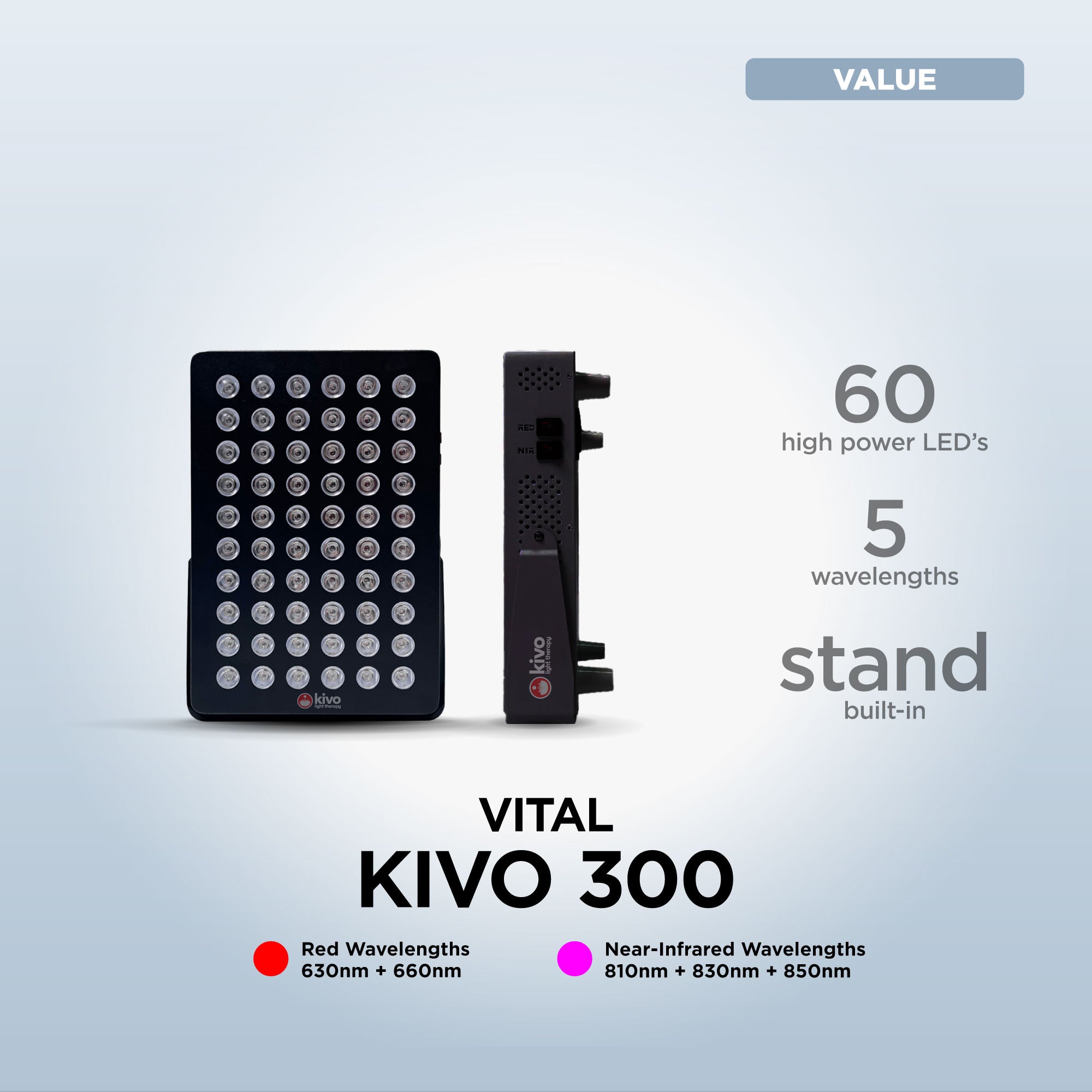Understanding Psoriasis
Before delving into light therapy, it's crucial to grasp the pathophysiology of psoriasis. Psoriasis results from a malfunction in the immune system, leading to the rapid turnover of skin cells. This excessive cell proliferation manifests as raised, red patches covered with silvery scales, commonly occurring on the elbows, knees, scalp, and lower back. In addition to physical discomfort, psoriasis can cause itching, pain, and even psychological distress.
Traditional Treatments and Limitations
Conventional treatments for psoriasis often involve topical corticosteroids, immunosuppressants, and phototherapy. While effective for many patients, these approaches may carry side effects such as skin thinning, increased susceptibility to infections, and long-term risks like skin cancer. Moreover, some individuals may not respond adequately to standard treatments or experience diminishing efficacy over time, necessitating alternative therapeutic options.
Exploring Light Therapy
Light therapy, or phototherapy, has gained attention as a non-invasive treatment modality for psoriasis. Unlike conventional treatments, light therapy harnesses specific wavelengths of light to target affected areas of the skin. Among the various types of light therapy, red and infrared light therapy have emerged as promising modalities due to their ability to penetrate deeper layers of the skin and modulate cellular processes.
How does it work?
Red light therapy utilizes wavelengths ranging from 620 to 700 nanometers, while infrared light therapy encompasses wavelengths between 700 nanometers and 1 millimeter. Both forms of therapy operate on the principle of photobiomodulation, wherein light energy stimulates cellular activity and promotes tissue repair. In the context of psoriasis, red and infrared light therapy exert several beneficial effects:
-
Anti-Inflammatory Action: Research suggests that red and infrared light therapy can mitigate inflammation by suppressing pro-inflammatory cytokines and promoting the release of anti-inflammatory mediators. By dampening the immune response underlying psoriasis, light therapy helps alleviate redness, swelling, and discomfort associated with the condition.
-
Accelerated Wound Healing: Psoriatic lesions represent sites of disrupted skin integrity and impaired healing. Red and infrared light therapy enhances wound repair processes by stimulating fibroblast activity, collagen synthesis, and angiogenesis. Consequently, damaged skin regenerates more efficiently, reducing the severity and duration of psoriasis flare-ups.
-
Immune Modulation: Dysregulated immune responses drive the pathogenesis of psoriasis. Red and infrared light therapy exert immunomodulatory effects by modulating the activity of immune cells, such as T lymphocytes and dendritic cells, involved in the inflammatory cascade. By restoring immune balance, light therapy helps prevent exacerbations and maintain remission in individuals with psoriasis.
Clinical Evidence and Efficacy
Numerous clinical studies have evaluated the efficacy of red and infrared light therapy in the management of psoriasis. For instance, a systematic review published in the Journal of Dermatological Treatment analyzed ten randomized controlled trials involving light therapy for psoriasis. The review concluded that both red and infrared light therapy demonstrated significant reductions in psoriasis severity scores, with minimal adverse effects reported. Furthermore, long-term follow-up studies have indicated sustained improvements in psoriasis symptoms and quality of life following light therapy interventions.
In conclusion, red and infrared light therapy represent promising adjunctive treatments for psoriasis, offering a non-invasive and well-tolerated approach to symptom management. By targeting inflammation, promoting wound healing, and modulating immune responses, these modalities address the underlying mechanisms driving psoriatic pathology. While further research is warranted to optimize treatment protocols and elucidate long-term outcomes, the growing body of evidence underscores the therapeutic potential of light therapy in alleviating the burden of psoriasis on affected individuals.
References:
-
Wunsch, A., & Matuschka, K. (2014). A Controlled Trial to Determine the Efficacy of Red and Near-Infrared Light Treatment in Patient Satisfaction, Reduction of Fine Lines, Wrinkles, Skin Roughness, and Intradermal Collagen Density Increase. Photomedicine and Laser Surgery, 32(2), 93–100.
-
Barolet, D., Roberge, C. J., Auger, F. A., Boucher, A., & Germain, L. (2009). Regulation of skin collagen metabolism in vitro using a pulsed 660 nm LED light source: clinical correlation with a single-blinded study. Journal of Investigative Dermatology, 129(12), 2751–2759.
-
Gál, P., Stausholm, M. B., Kováč, I., Vidinský, B., Vidová, Z., & Bužga, M. (2019). A Randomized Controlled Experimental Study on the Efficacy of Repeated Applications of Red Light in the Treatment of Skin Wounds in Rats. Photomedicine and Laser Surgery, 37(5), 235–242.
-
Hamblin, M. R. (2017). Mechanisms and applications of the anti-inflammatory effects of photobiomodulation. AIMS Biophysics, 4(3), 337–361.
-
Liebano, R. E., Bleyen, M., & Bouzada, M. C. F. (2019). Photobiomodulation with 660-nm and 780-nm laser on activated J774 macrophage-like cells: Effect on M1 inflammatory markers. Lasers in Medical Science, 34(4), 747–752.





